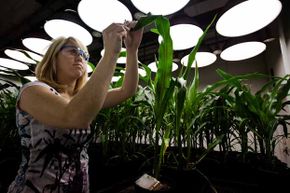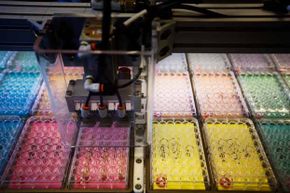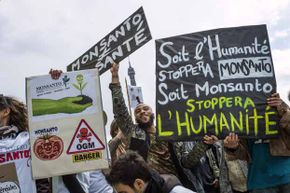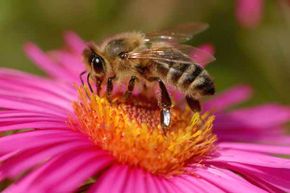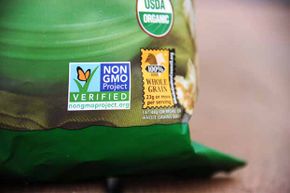Since scientists first began to test genetically engineered crops in the late 1980s, the idea of tinkering with the DNA in our food supply has been one of the most controversial subjects that you could imagine. To some, GMOs (genetically modified organisms, which include both plants and animals) are a breakthrough scientific advance, one that will provide us with bigger crop yields and more nutritious food, and help farms in developing nations produce enough to banish hunger. To others, GMOs are "Frankenfood," a nightmarish example of science run amok, which poses grave potential risks to both human health and the environment.
The sharp division over GMOs isn't just ideological, but international as well. In the U.S., the Food and Drug Administration (FDA) decided in 1992 that GMOs weren't inherently dangerous and didn't require special regulation [source: American Radio Works]. Today, about 60 to 70 percent of U.S. processed foods have ingredients derived from GMOs [source: Dupont]. By contrast, in Europe, the European Union imposed far more stringent regulations. Only about 1 percent of farmland has GMO crops under cultivation, and very few processed foods contain them [source: Barber].
Advertisement
GMO proponents point to approval from independent scientific organizations such as the National Research Council, which concluded in 2010 that GMOs actually have fewer adverse effects upon the environment than ordinary crops grown with pesticides, and the World Health Organization, whose Web site states that studies on genetically engineered foods show they "are not likely to present risks for human health" [sources: NAP, WHO]. Critics charge that safety research on GMOs is insufficient because it tends to focus on short-term rather than long-term effects, which they warn are unknown [source: Barber].
As often is the case with scientific controversies, the truth is far too complex and needs too many qualifications to fit on a bumper sticker. Here's a look at 10 assertions about GMOs that are frequently uttered by debaters, and the actual truth behind them.


